The busts are placed on identical plinths in polished granite, and made in white carra marble by five different Norwegians sculptors.
They convey interesting stories about UiO's founding years and development, and contrubute to the Aula's solemn atmosphere.
Niels Treschow
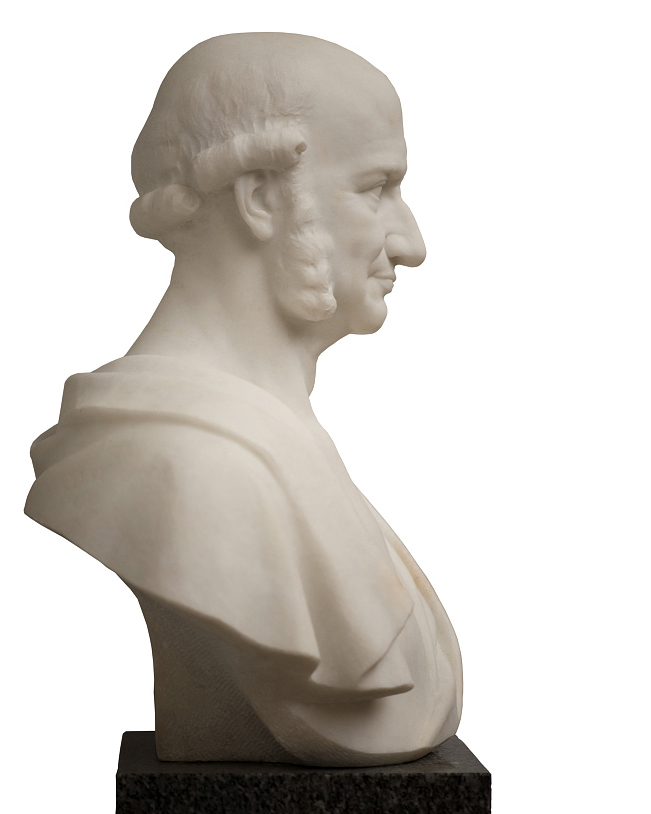
Niels Treschow (1751-1833) was the first professor in philosophy at the univeristy, inducted in January 1813.
After a short period of time he transitioned to politics and became Norway's first Minister of Church and Education. From 1825 he returned to the university, as pro chancellor and lecturer.
The Greco-Roman shape
The bust was created in 1925 by the sculptor Ingebrigt Vik, who based it on a portrait of Treschow. Vik wrote in a letter to the University that he chose ?the Greco-Roman shape? to give monumentality to the bust. He also thought that the shape was a good fit to an old classic such as Treschow.
The busts was placed in the Aula in 1925. It was ordered by the University in 1914 and payed for by the Aula fund.
Nicolai Wergeland
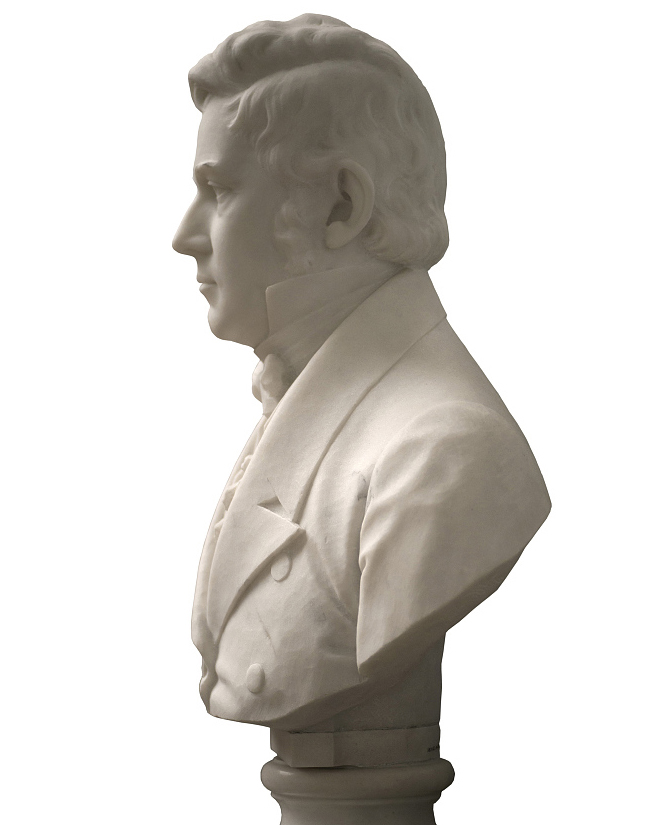
Nicolai Wergeland (1779-1840) was a count, Minister of State and viceroy. His bust is placed as a counterpart to Wedel Jarlsberg on the other side of the stage.
Like Wedel Jarlsberg, Wergeland was important for the funding of the University of Oslo. With his thesis Mnemosyne, he won the award for the best essay on the usefulness of an independent University in 1811.
The fashion of the time
The bust was created in 1912 by Jo Visdal, based on contemporaneous portraits.
Wergeland is still young with a full head of hair and defined traits. He is clothed in the fashion of the time: buttoned coat, patricide with necktie and calf cross.
The Bust was placed in the Aula in 1912. It was a gift from the dispatch manager Alf Collett and professor Robert Collett, grandsons of Nicolai Wergeland.
Herman Wedel Jarsberg
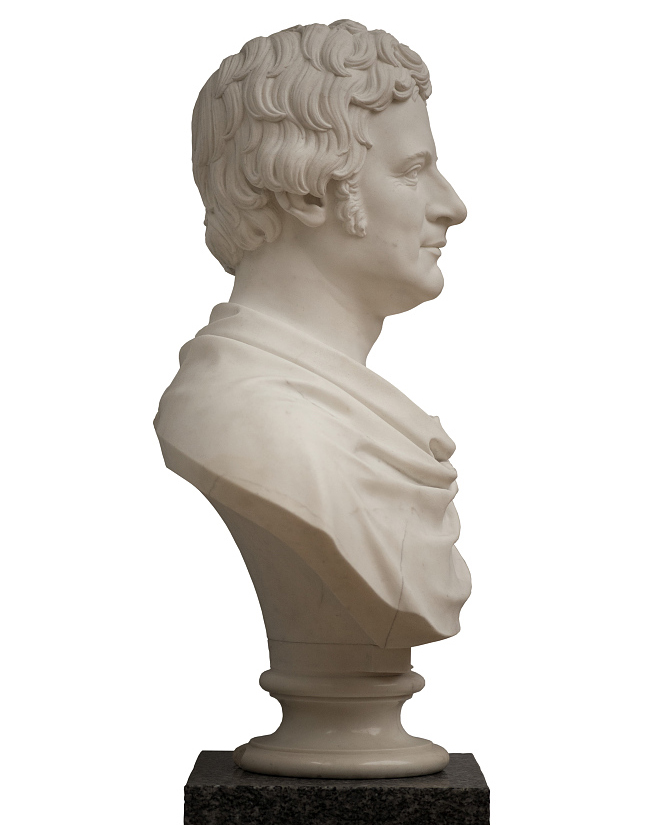
Herman Wedel Jarlsberg (1779–1840) is considered one of the most important political architects behind the modern Norway.
In 1809 Wedel was involved with founding the Norwegian Society for Developmen, and he was an active instigator for the founding of a Norwegian university.
The only one when the Aula opened
This was the only bust in the Aula when the hall opened in 1911. It is created by Olaf Glosimodt, probably in 1858. It is modelled on the background of contemporaneous portraits of the count.
The bust was placed in the Aula in 1911. It is on loan from the National Museum for art, architecture and design.
Anton Martin Schweigaard
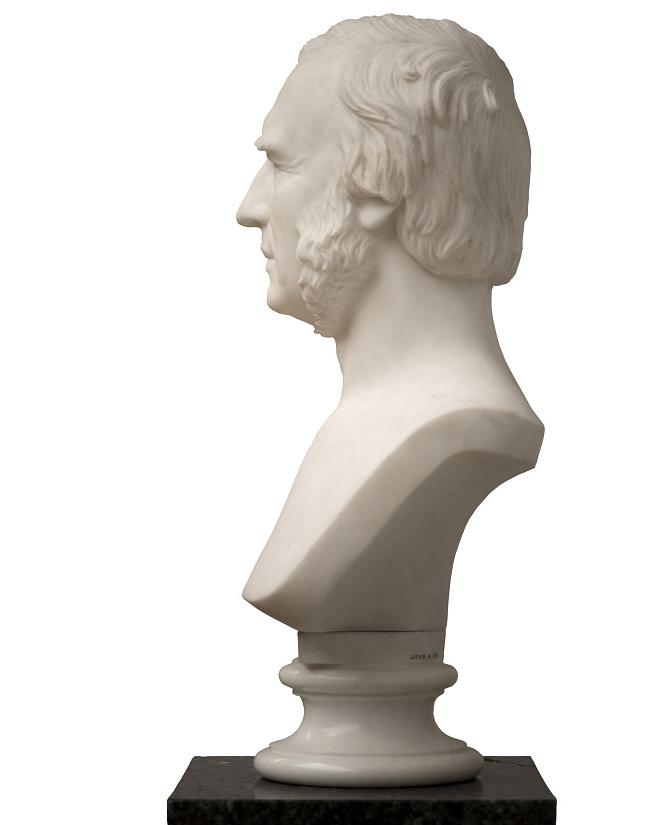
Anton Martin Schweigaard (1808–1870) was a both a professor and a politician with great authority within in his field.
In his time he was considered as the university's leading professor, and the poet Welhaven called him ?Norway's best son?.
Stands out
The bust of Schweigaard stand out amongst the other busts in the Aula, because is it the only one that is naked and without shoulders. In the modelling of the bust, sculptor Julius Middelthun based it on photographs and Schweigaard's death mask, but he did not know Schweigaard.
The bust was created in 1870-74. It was placed in the Aula in 1913, and was a gift from bank administrator Joh. P. Olsen's widow, Marie Olsen and her heirs.
Georg Sverdrup
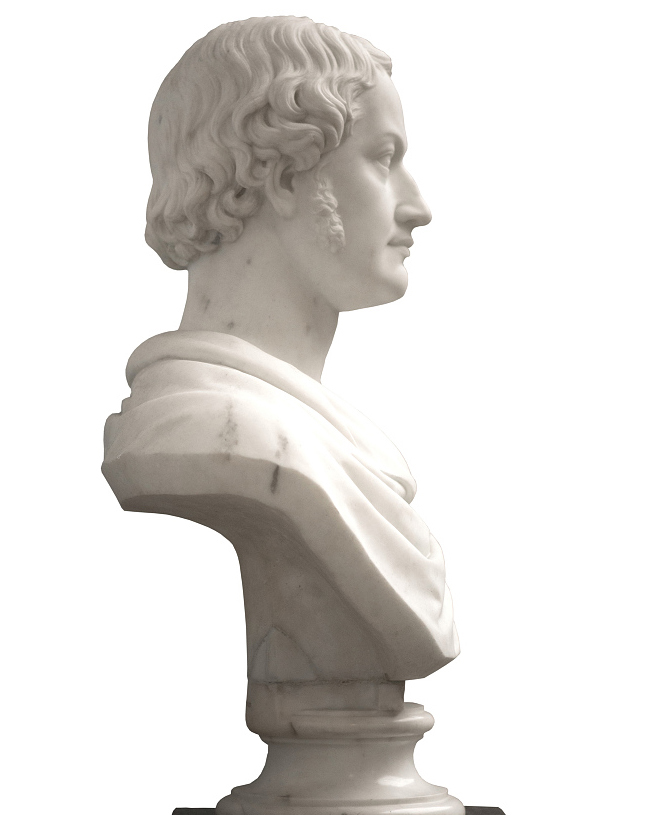
Georg Sverdrup (1770–1850) was UiO's first classics professor. In addition, he also built a large collection of books for the university library.
He was a librarian for 32 years, until he retired in 1845. Sverdrup also played in important role when the Norwegian Constitution was written and ratified at Eidsvoll in 1814.
Created in the 1860s
The bust was created in the 1860s by Ole Fladager, a talented artist who started as a wood cutter. Thanks to the support from some good helpers, he became a student at the Art academy in Copenhagen. In 1858 he went to Rome, where he also died.
The bust was placed in the Aula in 1914. It was a gift from farmer Thorvald Sverdrup, Georg Sverdrup's grandson.
Waldemar Christopher Br?gger
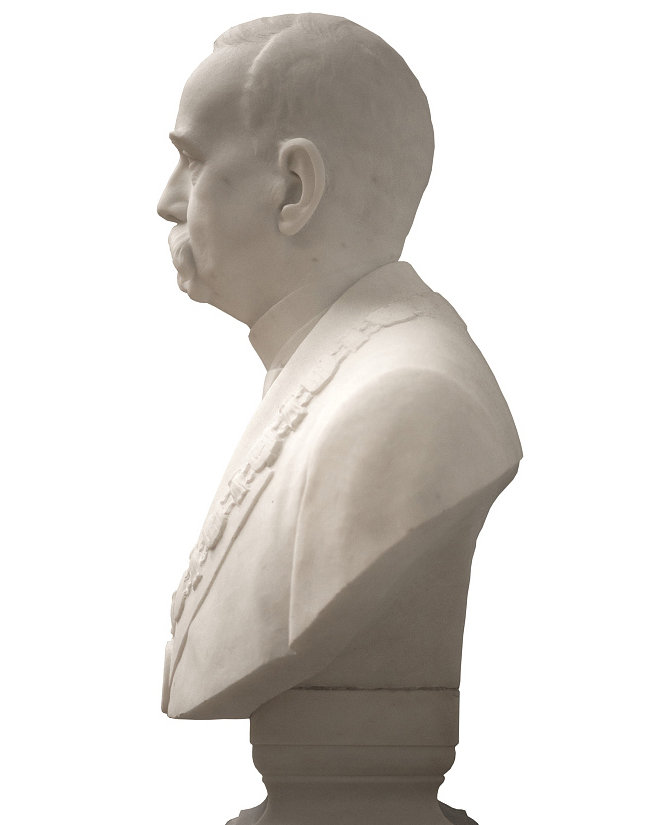
Med universitetsloven av 1905 ble rektorvervet innf?rt. Waldemar Christopher Br?gger (1851–1940) ble valgt til universitetets f?rste rektor og tiltr?dte i 1907. Han har en selvskreven plass i Aulaen.
P? hans initiativ ble det satt i gang en storstilt innsamling av private midler for ? realisere en ny festsal til universitetets hundre?rsjubileum i 1911. Drivkraften i arbeidet med Aulaen var blant annet hans tro p? at vitenskap og kultur har stor betydning for fremtiden til en liten nasjon som Norge.
B?rer rektorkjedet
Det er rektoren Br?gger billedhugger Jo Visdal har portrettert. Br?gger b?rer rektorkjedet som ble litt i gave til universitetet fra Kong Haakon VII i 1907.
Bysten ble satt opp i Aulaen i 1913, og var en gave ved subskripsjon etter innbydelse av Det akademiske kollegium og Det norske vitenskapsakademiets styre.